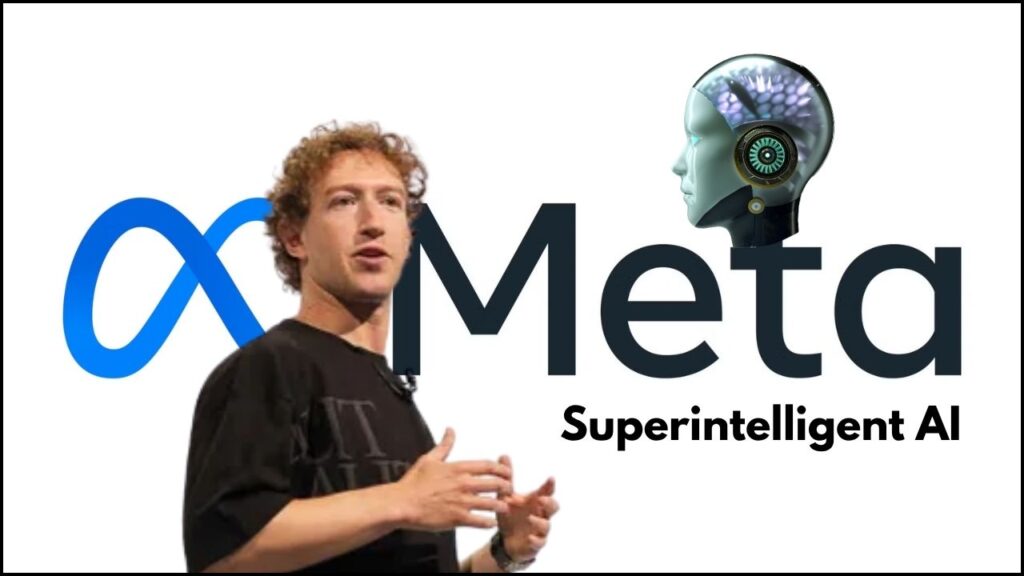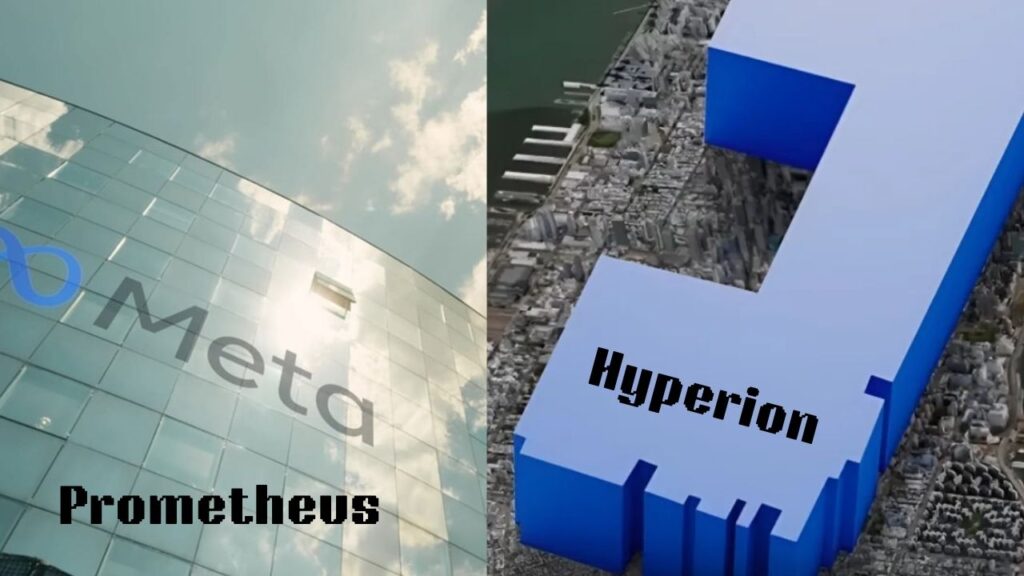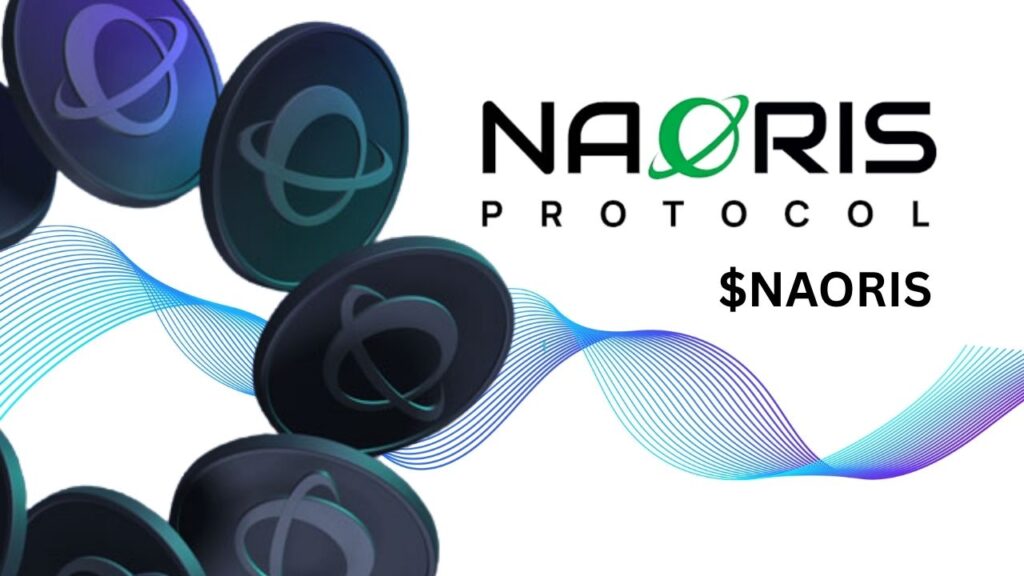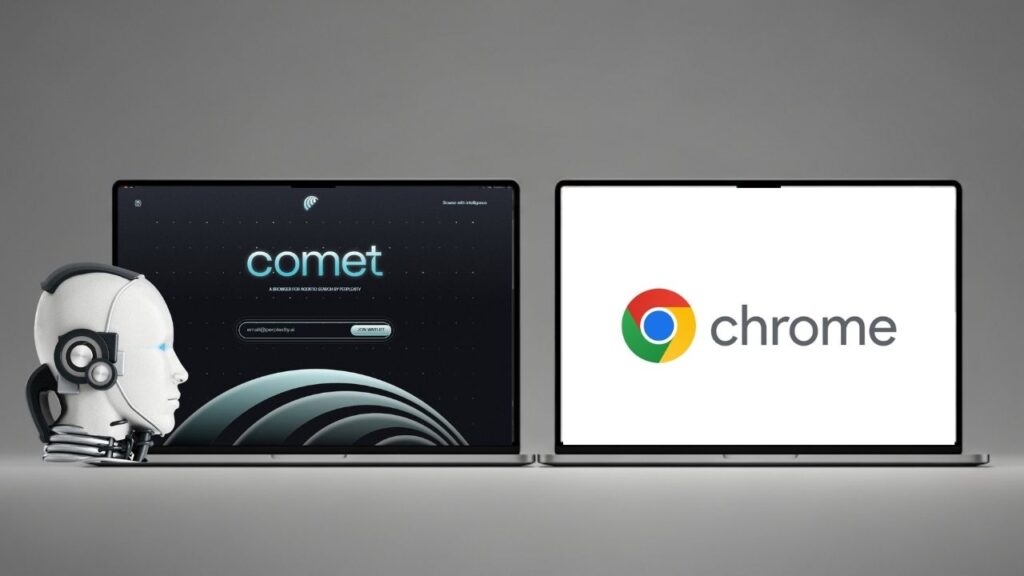Meta, formerly known as Facebook’s parent company, is at the forefront of the AI revolution — not only envisioning true superintelligent AI but already leveraging powerful AI technologies to transform its advertising business and shape the future of digital interaction. In this comprehensive article, we’ll unpack how Meta’s AI is accelerating growth today, the massive investments fueling tomorrow’s breakthrough technologies, and what this means for advertisers, professionals, and users worldwide.

Table of Contents
Introduction to Meta’s Superintelligent AI and Its Current Impact
Since its founding, Meta has continuously invested in artificial intelligence to enhance user experiences and business outcomes. In 2025, AI is not just an add-on but a core pillar of Meta’s strategy to build increasingly intelligent, personalized, and immersive digital experiences.
The ambitious concept of superintelligent AI refers to highly advanced artificial intelligence systems that surpass human cognitive abilities across a wide range of tasks. Meta’s vision goes beyond mere automation to building what CEO Mark Zuckerberg calls “personal superintelligence” — AI that acts like a trusted assistant, helping individuals manage daily life, creativity, and work in meaningful ways. This vision ties directly into Meta’s investment in augmented reality (AR) glasses, virtual reality (VR) platforms, and conversational AI.
While this future is still being developed by Meta’s Superintelligence Labs, the company’s current AI-driven advertising infrastructure is already fueling extraordinary financial success and delivering practical, day-to-day value.
Why AI Matters to Meta and the Broader Tech World
AI technologies shape many of the world’s largest digital platforms today. From content recommendation to image recognition, AI powers seamless user experiences. For companies like Meta, AI is a tool to:
- Improve ad relevance and campaign performance
- Boost user engagement across social apps
- Drive innovative product development in VR/AR and beyond
- Maintain competitive edge against rivals like Google, Amazon, and Microsoft
With billions of users and advertisers worldwide, Meta stands at a crucial intersection of AI innovation and digital commerce.
Meta’s Superintelligent AI
| Metric | Data / Info |
|---|---|
| Total Revenue Q2 2025 | $47.5 billion |
| Advertising Revenue Q2 2025 | $46.6 billion (22% YoY increase) |
| AI-Driven Ad Pricing Increase | +9% average price per ad |
| Daily Active Users on Meta Apps | 3.48 billion (6% increase YoY) |
| Number of Advertisers Using AI Tools | Nearly 2 million |
| Capital Expenditure for AI (2025) | $66–72 billion (estimated investment) |
| Revenue Projection Q3 2025 | $47.5 billion – $50.5 billion |
| Official Website | Meta Investor Relations |
Meta’s superintelligent AI is no longer merely a futuristic concept—it is already a powerful backbone driving extraordinary growth in the company’s advertising business. The strategic combination of cutting-edge AI platforms like Advantage+ and advanced generative AI, supported by massive infrastructure investments and world-class talent, positions Meta as a leader in the AI-powered digital economy.
For advertisers and professionals, embracing Meta’s AI ecosystem today offers a competitive advantage through smarter, more effective campaigns, creatively enhanced by AI. Meanwhile, Meta’s continued innovations promise a future where AI enhances all aspects of human digital experience—from social connection to immersive learning, and beyond.
How AI Drives Meta’s Advertising Success
Advertising has long been Meta’s financial backbone. Today, AI technologies power nearly every step of this ecosystem, delivering highly targeted ads, improving pricing efficiency, and enabling creative innovations.
AI in Ad Targeting and Delivery
Meta collects billions of data points daily—such as user interactions, browsing preferences, location signals, and content engagement. Advanced AI models analyze this data in real-time to predict which advertisements would be most relevant and engaging for each user. These machine learning models include:
- Behavioral Analysis: Identifying user interests from interactions like likes, shares, and comments.
- Natural Language Processing (NLP): Understanding textual content and conversational context.

- Reinforcement Learning: Constantly learning from ad performance to refine targeting strategies.
This deep data-driven approach ensures ads reach the users most likely to respond, significantly boosting advertising ROI.
Advantage+ AI Platform
Meta’s Advantage+ is an AI-powered ad placement system designed for ease and effectiveness. It automatically selects optimal formats (e.g., stories, reels, in-feed ads) and determines the best Meta platforms (Facebook, Instagram, Messenger, WhatsApp) to deliver ads for specific marketing goals such as sales conversions, app installs, or lead generation.
Advertisers using Advantage+ report improved engagement rates and better campaign results, allowing even small businesses to run competitive, AI-enhanced advertising without needing deep technical expertise.
Generative AI for Creative Assets
Pushing the creative envelope, Meta combines generative AI models—similar to GPT or diffusion models—to help advertisers generate videos, images, animations, and persuasive text quickly. Advertisers can produce professional-quality ad creatives without hiring large design teams, enabling faster campaign deployment and dynamic customization based on user feedback.
Nearly 2 million advertisers currently use Meta’s generative AI features, unlocking new creative potential and increasing campaign effectiveness.
Investing Billions for the AI-Powered Future
Meta’s commitment to building true superintelligence is evident in its unprecedented infrastructure investments. In 2025 alone, the company plans on spending $66 to $72 billion primarily on AI-focused capital expenditures.
The Titan Clusters: Prometheus and Hyperion
Behind Meta’s advanced AI services are enormous supercomputers called Prometheus and Hyperion. These “titan clusters” house tens of thousands of high-performance GPUs working together to train large language and vision models using massive datasets.

This computing power is essential to:
- Create and deploy multi-modal AI models (understanding text, images, video simultaneously)
- Develop real-time personal AI assistants integrated into VR/AR devices
- Push boundaries in generative AI creativity and user interactivity
Superintelligence Labs and AI Talent Acquisition
Meta recently launched Superintelligence Labs—a dedicated unit tasked with researching and developing next-gen AI capabilities. Meta is also aggressively recruiting top AI researchers worldwide, offering competitive compensation that reflects the intense competition for AI expertise across the industry.
By combining scale, talent, and innovation culture, Meta aims to accelerate progress towards AI that can amplify human potential on a daily basis.
Comparing Industry AI Investments
Meta’s 2025 AI capital expenditures exceed many of its competitors, signaling a strong commitment. For context:
- Google (Alphabet) invests heavily in AI research and data centers, but Meta’s focused supercomputer builds put it in a league of its own.
- Microsoft–partnered with OpenAI–makes significant AI investments, yet Meta keeps pace through unique integration of AI with social and VR platforms.
This arms race will continuously raise the bar for AI innovation in the tech world.
Challenges and Regulatory Headwinds
Like all AI-driven tech giants, Meta faces challenges on regulatory, ethical, and public perception fronts.
European Regulations and the Digital Markets Act
Europe imposes strict privacy laws, and the Digital Markets Act (DMA) aims to increase competition, transparency, and user rights across large digital platforms. Meta’s advertising and subscription models may require revisions to comply, especially impacting roughly 16% of its top-line revenue generated in the EU.
Meta is actively engaging with regulators, filing appeals, and strategizing to balance compliance with business needs.
Ethical AI Use and Transparency
AI bias, user consent, and misinformation are ongoing concerns. Meta invests in AI ethics research and implements transparency efforts to ensure fairness and accountability in ad delivery. These initiatives will shape user trust and long-term sustainability.
Practical Advice for Advertisers and Professionals
Whether you’re a small business owner or a marketing professional, leveraging Meta’s AI tools effectively can significantly elevate your digital campaigns.
- Adopt AI Tools Early: Platforms like Advantage+ and generative AI tools simplify campaign management and improve outcomes.
- Prioritize Data Quality: Accurate and GDPR-compliant customer data maximizes AI targeting precision and sidesteps regulatory issues.
- Stay Informed: Keep up with evolving policies and AI capabilities to adapt strategies promptly.
- Integrate Human Creativity: Blend AI efficiencies with authentic storytelling and creative insights for campaigns that truly resonate.
- Use Multichannel Campaigns: Leverage AI’s capacity to optimize placements across Meta’s ecosystem for wider, more effective reach.
Breaking Down Meta’s AI Advertising Ecosystem: Step-by-Step
- Data Collection: Meta gathers diverse user data including demographics, online behaviors, device usage, and engagement signals.
- AI Analysis: Sophisticated AI models analyze this data to detect patterns and user intent.
- Ad Placement & Pricing: Using platforms like Advantage+, AI assigns ads to platforms, sets optimal prices based on demand, and targets relevant audiences.
- Creative Asset Generation: Generative AI assists with crafting personalized ad content, speeding up production and testing.
- Feedback & Optimization: Continuous monitoring of campaign performance allows AI to dynamically refine targeting, placement, and creatives in real-time.
This feedback loop ensures campaigns remain effective in a constantly changing digital environment.
The Future of Superintelligent AI at Meta
Looking ahead, Meta’s vision for personal superintelligence will extend far beyond advertising. Potential breakthroughs include:
- AR/VR AI Assistants: Personalized AI companions embedded in smart glasses and VR headsets to help with daily tasks, learning, and social interaction.
- Health and Wellness: AI-powered tools providing personalized health advice, monitoring, and proactive care.
- Education and Work Productivity: Intelligent tutoring, language translation, and workflow automation integrated seamlessly into virtual environments.
- Ethical and Responsible AI: Ensuring superintelligent systems respect privacy, prevent bias, and augment human decision-making safely.
Meta is positioning itself to be a leader in this coming era—pioneering AI that truly enhances people’s lives.
Meta’s AI Talent and Research Community
Sustaining incredible AI advances requires world-class expertise. Meta’s strategic initiatives include:
- Recruiting leading AI researchers globally, targeting diverse skillsets in deep learning, robotics, and ethics.
- Collaborating extensively with academic institutions to foster breakthrough research.
- Operating open research programs and publishing papers to contribute to the global AI community.
- Engaging in multi-stakeholder dialogues about AI safety, transparency, and governance.
This commitment reflects Meta’s goal to responsibly lead AI development with broad positive impact.
Meta Escalates AI Talent War With OpenAI: The Battle for the Smartest Minds in 2025
Meta Oakley HSTN Smart Glasses: Your Complete, Expert Guide to Next-Gen Wearables in 2025
FAQs About Meta’s Superintelligent AI
Q1: What is superintelligent AI, and how soon will Meta develop it?
Superintelligent AI surpasses human intelligence across all domains. Meta is actively researching this but estimates for full realization remain uncertain, likely several years away.
Q2: How safe and private are AI-driven ads on Meta’s platforms?
Meta complies with global privacy standards and offers user controls over personalization. However, scrutiny remains especially in regions like Europe.
Q3: Can small businesses compete using Meta’s AI advertising tools?
Absolutely. Meta’s AI platforms are designed to scale for all business sizes, lowering barriers to effective digital advertising.
Q4: What’s the difference between generative AI and regular AI in ads?
Generative AI creates new content (texts, images, videos) dynamically, whereas traditional AI optimizes ad placement and targeting based on data.
Q5: How can advertisers monitor and improve AI-driven campaigns?
Use Meta’s analytics dashboards, A/B testing, and AI feedback tools to track performance and adjust strategies continuously.



















